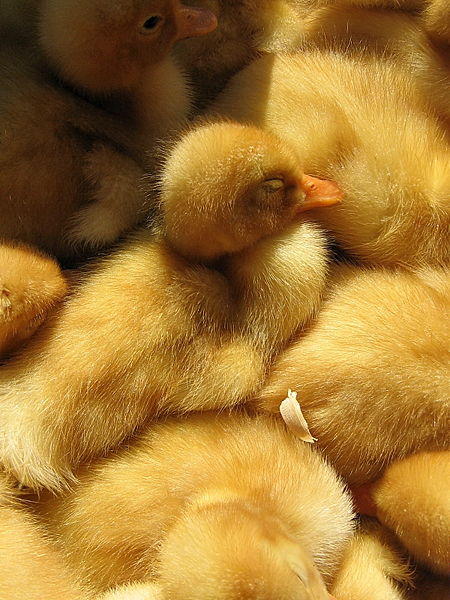
Descent from common ancestral species is a cardinal principal of biological evolution, but where do we find the evidence to support such a claim? In his book Coming to Peace with Science, Darrel Falk explains several genetic clues that point to common ancestry, including duplicate genes and “psuedogenes.”
He uses the metaphor of a family photo album passed down to each generation of children to help clarify his point. First, imagine that one picture was accidentally included twice in the album. Rather than remove the duplicate and leave an empty space, you decide to leave both pictures side by side. Now imagine that you present an exact copy of this photo album to your children at their graduation. They will have the exact same set of duplicate pictures. If they continue this tradition, their children and grandchildren and great grandchildren and so on will all have the exact same copied pair. This is an example of duplicate genes.
Now imagine that at some point, one of the children gets a hold of a copy of the album and scribbles all over one of the duplicate pictures with a crayon. Because you have a functional copy of the picture, you decide not to replace it but simply leave the scribbled picture in the album. When you go to make a copy of the album for the next generation now, they will all inherit the exact same scribbled picture. These damaged copies are called “pseudogenes” and together with duplicate genes, they can help us trace the lineage of a species and look for common ancestors.
Is it possible that two species could have the same pseudogenes by mere chance rather than inheritance? Just as the chances of two children making the exact same scribble on a photograph are unlikely, so too the chances of the exact same error occurring in the exact same duplicate gene in two unrelated species is extremely unlikely.
Do errors in our genetic codes such as pseudogenes and retroposons, which Falk discusses in greater detail in his book, imply we are less of a creation of God? No more so than a scar on our knee. As Falk says, “God willed liberty for his creation. In that freedom we humans fall and bruise ourselves on occasion.” These bruises do not mean that God is not the author of evolution.
For more on genetic evidence of common ancestry, be sure to read Falk’s wonderful book Coming to Peace with Science.

